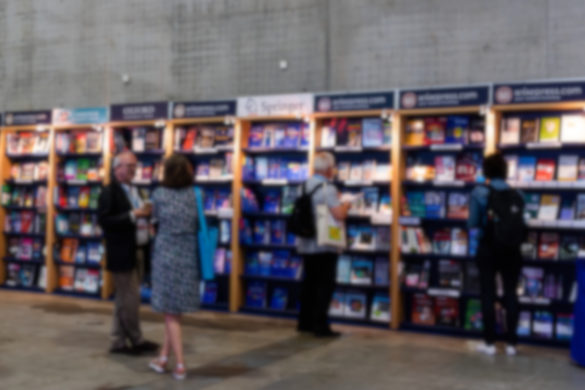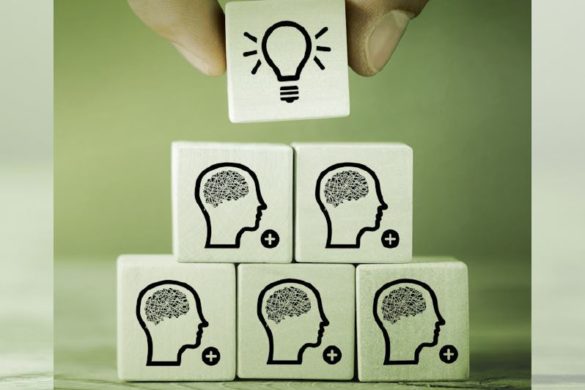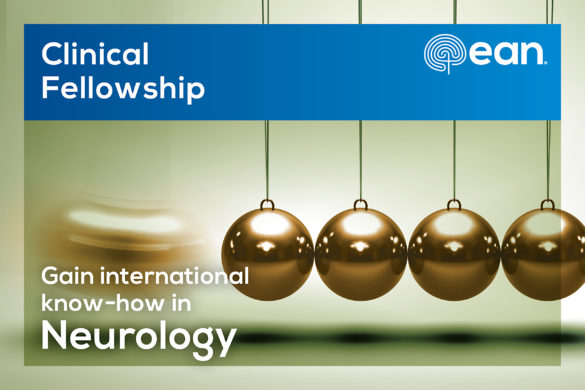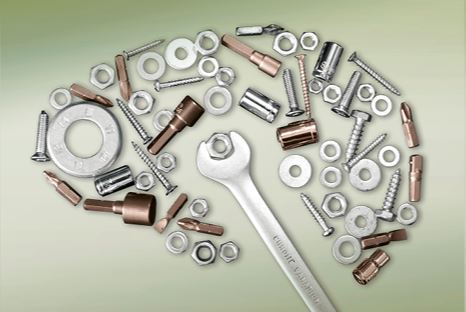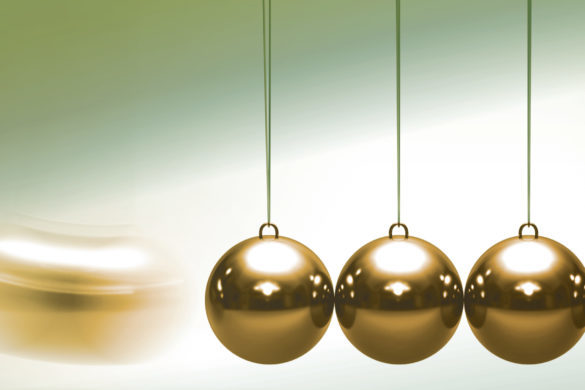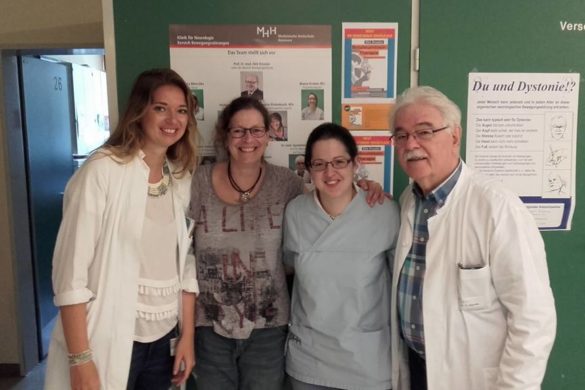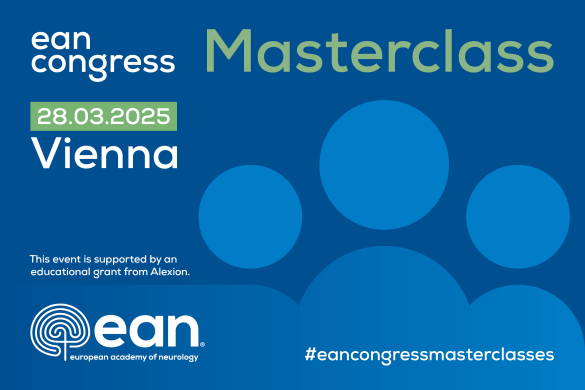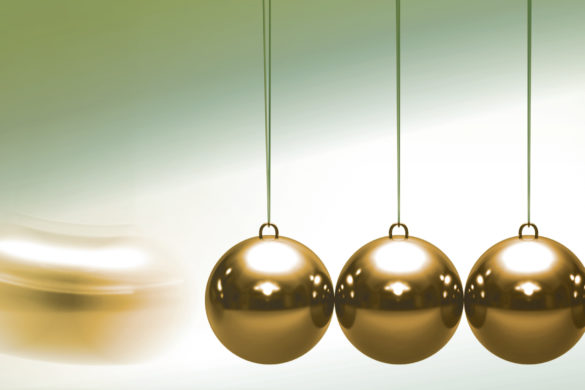Fellow: Daniel Baumgartner, Czech Republic
Term of the Fellowship: 3.6.-20.6.2019
Hosting department: Division of Neurology, University Medical Centre, Ljubljana, Slovenia
Supervisor: Doc. dr. Blaž Koritnik
Thanks to the EAN Clinical Fellowship Programme, I was able to pay a working visit to the Institute of Clinical Neurophysiology (ICN) in Ljubljana. Depending on the actual schedule of the day, I was either attending the whole-day programme (8 a.m. to 4 p.m.) of the electromyographic laboratories, or consultations with patients at the ALS Clinic. Once a week, during regular time, I attended the laboratory for ultrasound examination of the peripheral nerves. Furthermore, I was visiting the part of the inpatient clinic, specialised in neuromuscular diseases, where stationary treatment of such patients takes place (i.e. immunotherapies, nusinersen intrathecal application or diagnostic work-up of complicated cases etc.).
During the part, when I worked in the laboratories for electromyography, I had ample opportunity to perform special electrophysiologic techniques myself. As it was one of the main objectives of my visit here, I focused on single-fiber EMG. Under the guidance of specialists in these methods (Prof. J. Zidar, Dr. Leonardis), I was provided with continuous feedback and useful hints on practical issues of the technique, while performing the examination myself. After each examination, there was enough time to discuss also the theoretical background, as well as diverse aspects of the method itself (deeper understanding of its usefulness, as well as its limits, pathophysiological considerations, machine settings, technical pitfalls etc.) Furthermore, I was provided with tips for further reading/ relevant literature. To sum up, as a result of the received training, I feel that I have gained more confidence in performing these examinations on my own, as well as insight into potential pitfalls and caveats of these techniques on the other hand. I also took part in sfincter EMG examinations supervised by a renowned specialist in this field, Prof. Vodušek. Here, I also feel I gained a fair insight into the method. Furthermore, I also performed motor evoked potentials and had opportunity to compare and discuss different approaches and techniques, used in our laboratory in Prague. The same is true for routine conduction studies and needle electromyography in common conditions (radiculopathies, entrapment mononeuropathies, polyneuropathies etc.), where comparing the differences between techniques used in ICN and in our laboratory in Prague extended my understanding and offered me new perspectives (e.g choice of optimal muscles to be examined depending on clinical situation, decision-making in grey zone findings, various solutions for common technical pitfalls etc.).
While attending the ultrasound examinations of peripheral nerves, I have been trained in strategies of nerve localisation and its discrimination from the surrounding tissue by Prof. Podnar. I was provided with useful practical/methodological hints (e.g. examining the respective innervated muscles for fasciculations and/or atrophy) and there was enough opportunity to discuss pathophysiological considerations as well. I have seen the examinations and findings in entrapment (median, ulnar, peroneal) as well as traumatic mononeuropathies, and also the development of postoperative findings after the ulnar nerve decompression in fair number of patients. Furthermore, there were also some rather rare conditions (sciatic nerve injury, CIDP etc.) to be seen occasionally. Therefore, I suppose I have gained basic but sound skills in this method to start with in my own clinical practise, as well as a reasonable overview of the most common applications and findings.
The next main objective of my visit in Ljubljana was the ALS Centre. My goal was to learn about its structure and organisation of care processes. As the care for these patients is merely a supportive one, but at the same time a multidisciplinary one (physiotherapy, speech therapy, respiratory therapy, nutrintional interventions, social service consultations, mobility aids etc.) I fully appreciated the presence of a coordinating nurse, dedicated mainly to this group of patients. Such a nurse copes with many administrative tasks, which is a great relief for the clinician. She is able to keep track of diverse patients’ needs as well, while a busy clinician could fail to notice some of them. I already learned before that this model is common in neuromuscular centres in other countries (e.g. United Kingdom). In comparison to our centre in Prague, where the coordination relies fully on the clinician, I see this way as favourable one. By delegating some of the tasks on this skilled nurse, the clinician can focus more on the medical aspects. Therefore, I saw it as an inspiration and find it necessary to implement this model in our centre as well. Furthermore, I very much appreciated two dedicated respiratory physiotherapists being fulltime members of the team, available to neuromuscular patients every day. I found this model of performing the full-scale respiratory assessment, as well as starting and adapting the non-invasive ventilation and cough assisting device on-site a very useful one and very comfortable for the patients as well. I see it as another future optimisation our center could strive for. Also, I attended the weekly ALS-team meetings, where members of the whole team (clinicians, nurses, physiotherapist, speech therapist) discussed treatment strategies and goals for individual patients on a regular basis. In our center, we tend to do such meetings as well, although rather case-based and irregular. Maybe it would be useful to go for more regular meetings, although with a lower frequency than once a week (the number of ALS patients we care for is only about ¼ of the number in Ljubljana centre). With Prof. Zidar and Doc. Koritnik, as well as every other team member, I had ample opportunity to discuss my impressions, exchange experience between our two centers and learn about the background of how such a centre had been established in a post-communist country similar to ours, To sum it up, also this part of my visit definitely met my expectations and set goals.
As already mentioned, I also visited the inpatient clinic with a special focus on nusinersen intrathecal application, which has just only been started in Ljubljana in adult patients with spinal muscular atrophy and is maybe ahead of us in Czech Republic. Although, as I learned here, some procedural aspects will be quite different between our countries (i.e. the refunding process, administrative requirements etc.), I found the practical insight into the process of treatment and the „hands-on experience“ quite useful. Furthermore, I visited the botulinum toxin clinic, ambulance for punch skin biopsies and general neuromuscular patients’ consultations. Everywhere, I was given enough opportunity to discuss about different approaches between this and our center and about various reasons for that. I feel, this exchange of ideas broadened my understanding and point of view on various topics.
It was not only the work experience that added to a thoroughly positive appreciation of my visit here. I was invited twice for an afterwork meeting with fine food and drink and had the opportunity to learn each other with the Slovenian colleagues in a more relaxed and informal way. Ljubljana is a cosy, welcoming and relaxed town and I really enjoyed my time here.
I would like to thank all the Slovenian colleagues from ICN for their welcoming attitude, very friendly atmosphere and their readiness to exchange experience and particularly, I would like to express gratitude to Prof. Janez Zidar and Doc. Blaž Koritnik, who were always fully dedicated as a host and tutor and made me feel as a respected guest here and provided this outstanding learning experience. I appreciate this opportunity given to me from European Academy of Neurology very much and consider it an important cornerstone for my further career as a neuromuscular specialist and clinical neurophysiologist.
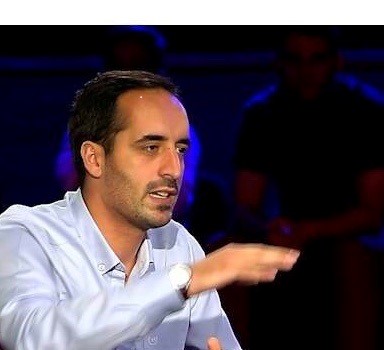
Fellow: Dren Boshnjaku, Kosovo
Term of the Fellowship: 9.9. – 20.10.2019
Hosting department: Department of Biomedical and Neuromotor Sciences, Alma Mater Studiorum – Universita’ di Bologna, Italy
Supervisor: Prof. Rocco Liguori
The idea for this fellowship is great; this is a good opportunity to see are tough and weak sides on daily neurologic practice, so I am very thankful to European Academy of Neurology for this opportunity.
The idea for this fellowship is great; this is a good opportunity to see what are tough and weak sides on daily neurologic practice, so I am very thankful to European Academy of Neurology for this opportunity.
The principal aim of my visit was to extend my knowledge and experience in neurophysiology, especially on EMG; therefore I did spend most of my time with the neurophysiology team at the EMG lab.
The acceptance by the medical community was good, especially by residents. They speak English fluently and most of them are cooperative, but communication in English with patients and some of neurologic specialists was difficult.
During my 6-weeks practice I have visited outpatient department, inpatient department, admission department, Day Hospital and EMG lab.
The first week was challenging, for me to learn where are Day Hospital, inpatient and outpatient units, admission units, EMG lab, etc, but with time I got used to the hospital environment.
In Day Hospital the staff was very cooperative, with a good approach to the patients, I used to exam all of them, also we discussed the complaints of patients, results of the exam, differentials diagnosis, using other diagnostics methods, like MRI, CT, EMG, genetic tests, etc, and the best options of treatment.
Inpatient department team gathered in the meeting room and discussed all the patients and reviewed CT or MRI scans. Then I usually participated in consultant-led ward rounds, had an opportunity to discuss interesting rare cases and novel therapeutic approaches based on the latest research.
During practice in EMG lab, I have chanced to earn a good knowledge, but only as observant. I learned more about myopathies and peripheral nerve diseases, neurophysiologic interpretation and treatment strategy. I also started to gain confidence with EMG and NCS, understanding the main concepts and the basis of the interpretation. I would like to have hands-on practice which would make the aim of this fellowship more fruitful, but hands-on practice was not available. Also, I think that supervisor should be in the field of fellowship and should be available most of the time with participant or there should be a referential neurologist in the field, with whom you may have professional discussion and to whom you could address concerns that deal with fellowship in real-time.
During my stay in Italy, I had the opportunity to attend the conference „Le Epilessie Rare e Complesse. Una sfida diagnostica e terapeutica dei centri Epi CARE“; Bologna, 27 September 2019, organized by Prof. Paolo Tinuper.
If there would be a rating system from 0-10, I rate fellowship in this institute with 7.5.
As one could have expected Bologna is a very expensive city, but also has a lot to offer. It is a great historical city, I enjoyed it definitely.




